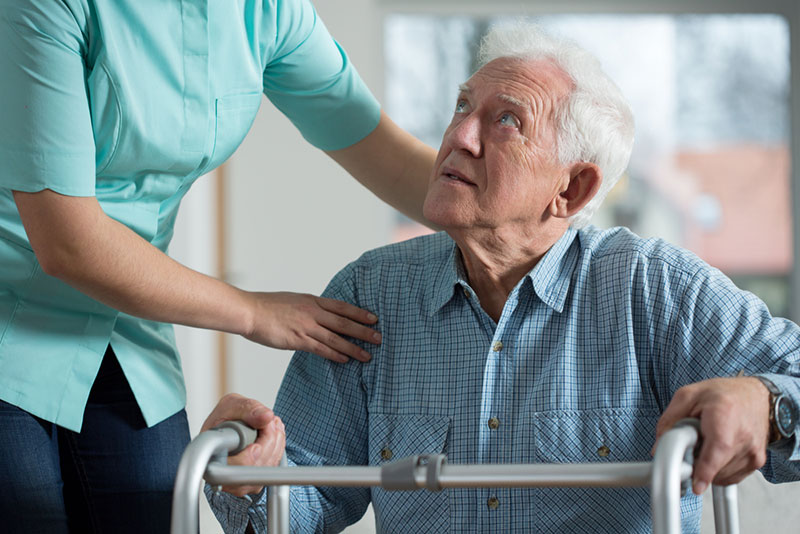Hospital-to-Home Transition Care
Helping you ensure safe and effective transition from Medical Facility to Home
National data states that roughly 20% of persons hospitalized in the US are re-hospitalized within 30 days of discharge.
According to Medicare data, 76% of those re-hospitalizations are avoidable.
The fact is chronically ill & elderly patients face an increased risk of adverse events during their transition from a hospital back to their home. Yet, it’s common for patients admitted for acute conditions to be sent home or to a nursing facility after just a few days in the hospital.
For elderly patients especially, discharge problems begin due to gaps in communication and information retention. Busy medical staff will often quickly read through a list of instructions to patients and may hand them new prescriptions. Older patients may not understand these instructions because they have onset dementia, they may be weakened and confused from their time in the hospital, or they may simply be anxious to leave and not paying attention. Regardless the cause, it happens and once they get home, important information can be overlooked. This can lead to medication mix-ups, infections, and other problems.
Hospital transitions should be well planned and supported. But unfortunately, not everyone has an able spouse or enough relatives with sufficient time to help them with all the daily tasks patients need to perform after being hospitalized.
O’Connell’s Hospital-to-Home care program is designed to lessen these risks and increase the chances of successful transition from hospital for patients unable to care for themselves or have a limited support system at home.
By planning for discharge in advance, an O’Connell care plan nurse can participate in the discharge instruction process at the hospital or nursing facility before the patient is discharged.
When a care plan nurse becomes involved, information gathered from the facilities discharge team will be incorporated into a detailed transitional in-home care plan.
The care plan nurse can also visit the patient’s home prior to discharge and conduct a visual assessment to insure the home is safe, has the right equipment if necessary, and ready to receive the patient. They often help the primary caregiver prepare for the patient’s arrival.
In cases where there is a need for continuing care at home by skilled home care aides, it can be helpful for an assigned aide may also meet the patient inside the acute care facility prior to home transfer. This establishes an early bond with the patient and increases the patient’s emotional comfort and sense of security once they arrive home.
Successful discharge from hospital to home comes from the effective transfer of information, care instructions, and warning signs from the hospital clinicians. When this information is included in an in-home care plan and well executed it will reduce the chances of adverse events and readmission.


